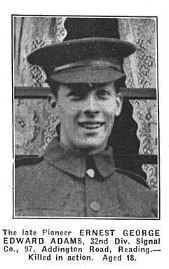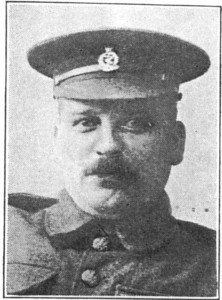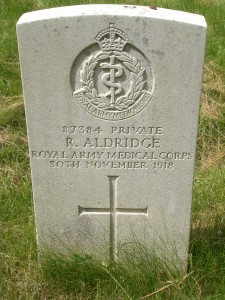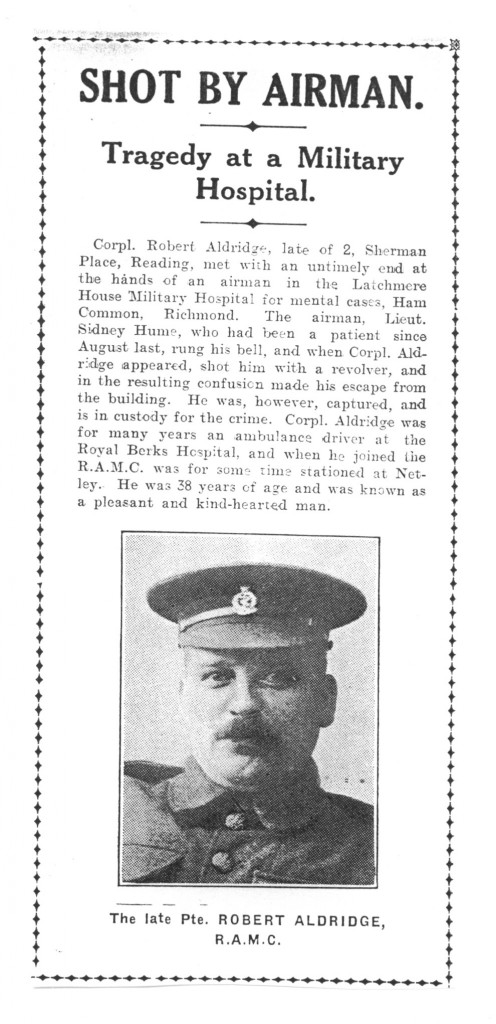Ernest George Edward Adams
Pioneer 103144
32nd Division Signal Company Royal Engineers
 |
Ernest was the only son of Mr and Mrs Ernest Adams of 97, Addington Road. Mr. Leonard Sutton, once the Mayor of Reading, raised both the 32nd and 35th Signal Companies, initially based at Wantage Hall. He appealed to the young men of Reading to enlist and one such person was Ernest Adams. Born in Reading he had attended Redlands and Wokingham Road Senior schools. He had been employed in the Berkshire Insurance Committee offices. Ernest was a well known and keen footballer, he played for a local team, the Corinthians, in the position of goal keeper.
Ernest was only 17 years old when he was killed. Theoretically he was too young to have served abroad and it is not clear when exactly he enlisted. It is possible that he gave miss-information to the recruiting sergeant as many young men, eager to do their bit, often did. With his father and four uncles also serving in the army Ernest was obviously keen to join them. However, in spite of his age, we are told that he excelled at signalling and was with a sergeant engaged in new aerial signalling before he was killed. He must have been serving for some time in order to have gained sufficient training and experience. Ernest was with his battalion on the Somme when he was killed on the night of 4th July 1916. He would have experienced the allied shelling in the week before the ‘big push’ and would have been aware of the gains and losses made in those first few days. He met his death, only a few weeks before his eighteenth birthday, when a shell burst near him, he lived for only three minutes after being hit. The same shell injured many others.
Ernest is buried at Blighty Valley Cemetery, Authuile Wood, the Somme. Grave location I. B. 2.
The cemetery was begun in July 1916 and used continuously until November 1916. The cemetery originally contained 212 graves in Plot I; it was not used again until after the Armistice when 784 graves were brought in from the battlefields and smaller cemeteries to the East, most of whom fell on the 1st July. Authuile Wood, near the River Ancre, was situated right at the heart of some of the most severe fighting which took place during the July 1916 Somme battles, the missing dead of those battles being commemorated on the near by Thiepval Memorial to the Missing. A cheery face looks out from his photograph and the “In memoriam” of 1917 refers to him as “Ern” a “dear and only son”.



